Delaunay Triangulation
There are many delaunay triangulation libraries, but not all have a good cross platform build sytem, some have memory leaks or others are just buggy. I've tested and worked with several libraries that provide triangulation, like:
From this list I found Triangle to work best for me because it's compact, is fast, compiles easily and doesn't have any dependencies. It takes some time to read through the documentation, which is mostly found in the triangle.h file.
Triangle comes ase a library and as a application. To use Triangle as a library and not as a command line tool, you need to add the triangle.c to your project. It's also important to know that you need to define some compiler flags when you want to embed the triangle.c in your project. I'm using single floating point precision and therefore added these definitions:
-DTRILIBRARY -DSINGLE
Even when you use Triangle as a library and not as a command line tool you need to pass certain "flags" to the library. I found these the most important ones:
- z: will use indices which start at 0 instead of 1.
- Q: quiet, not verbose output
- p: creates constrained delaunay (use this when you want to triangulate finger like shapes)
- a: imposes a maximum triangle area constraint.
Some examples with flags:
zpa100
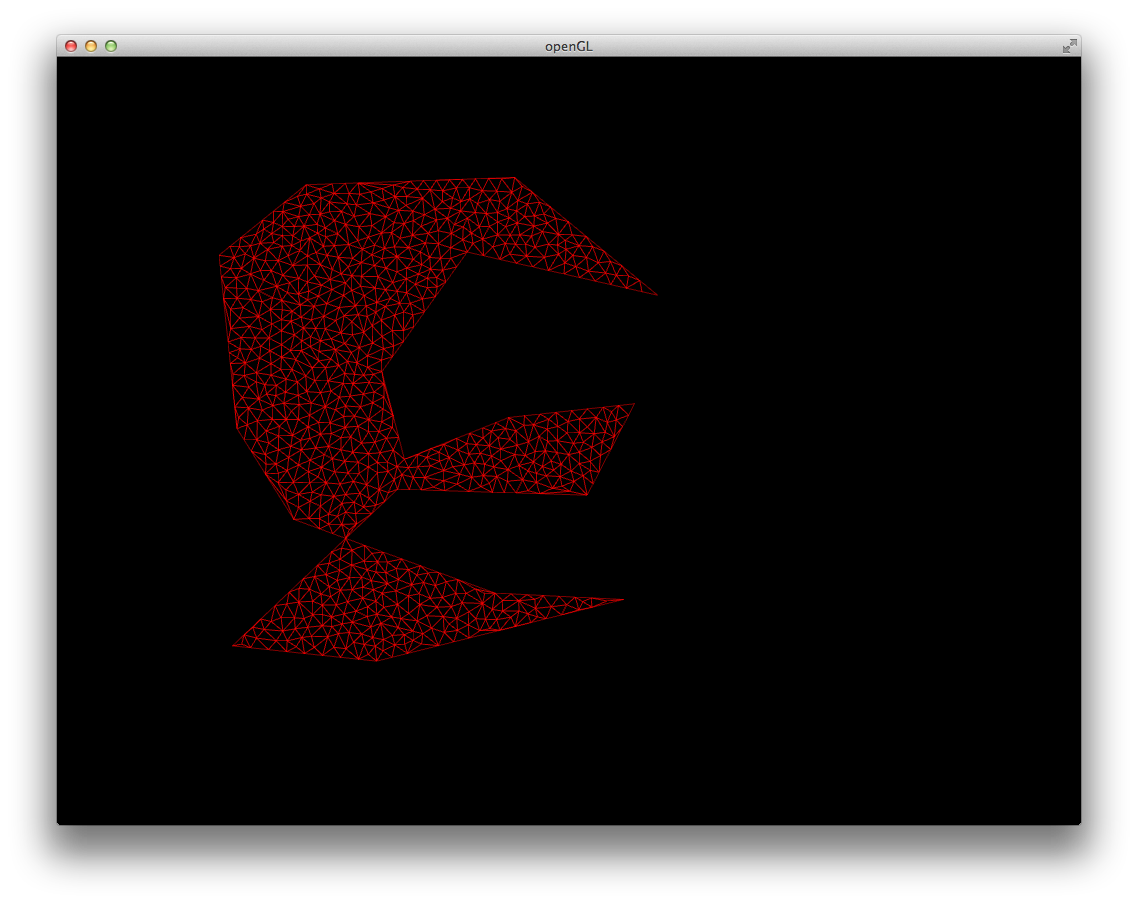
zp10000
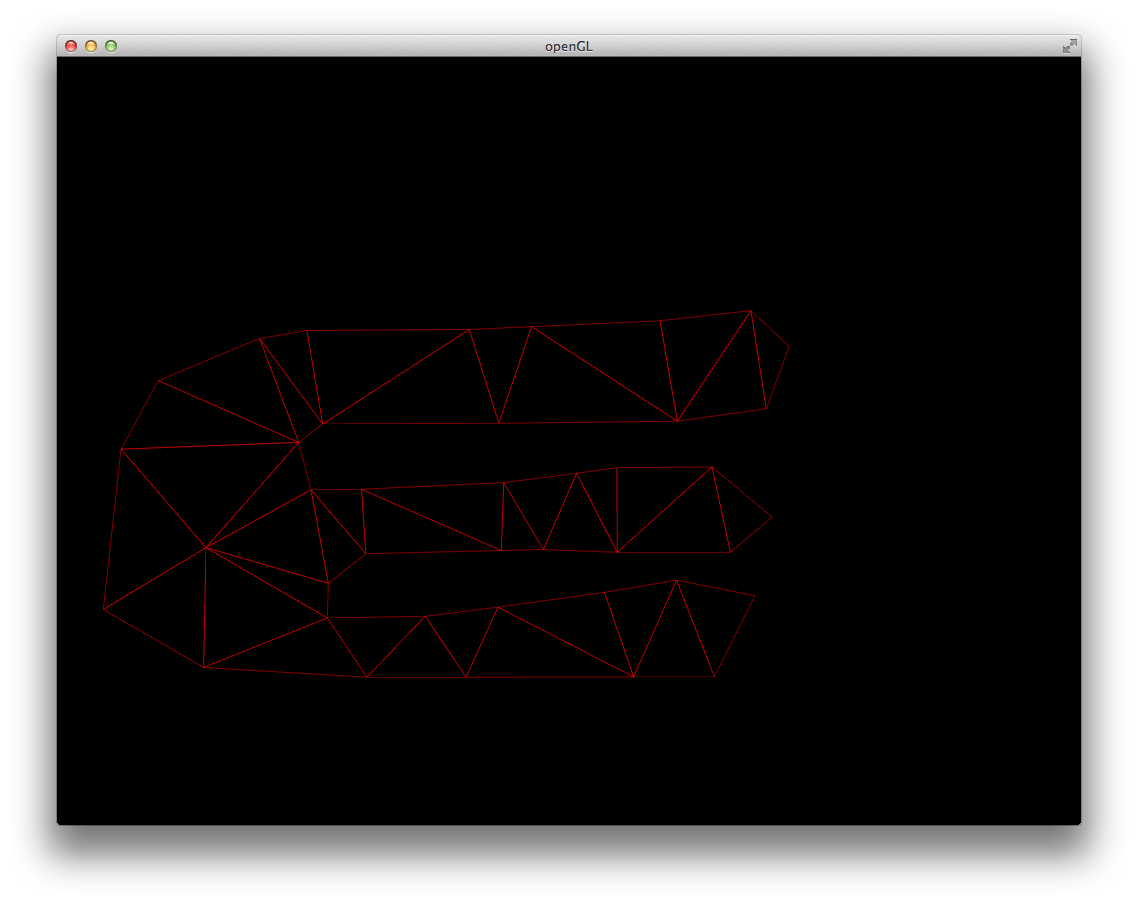
za100
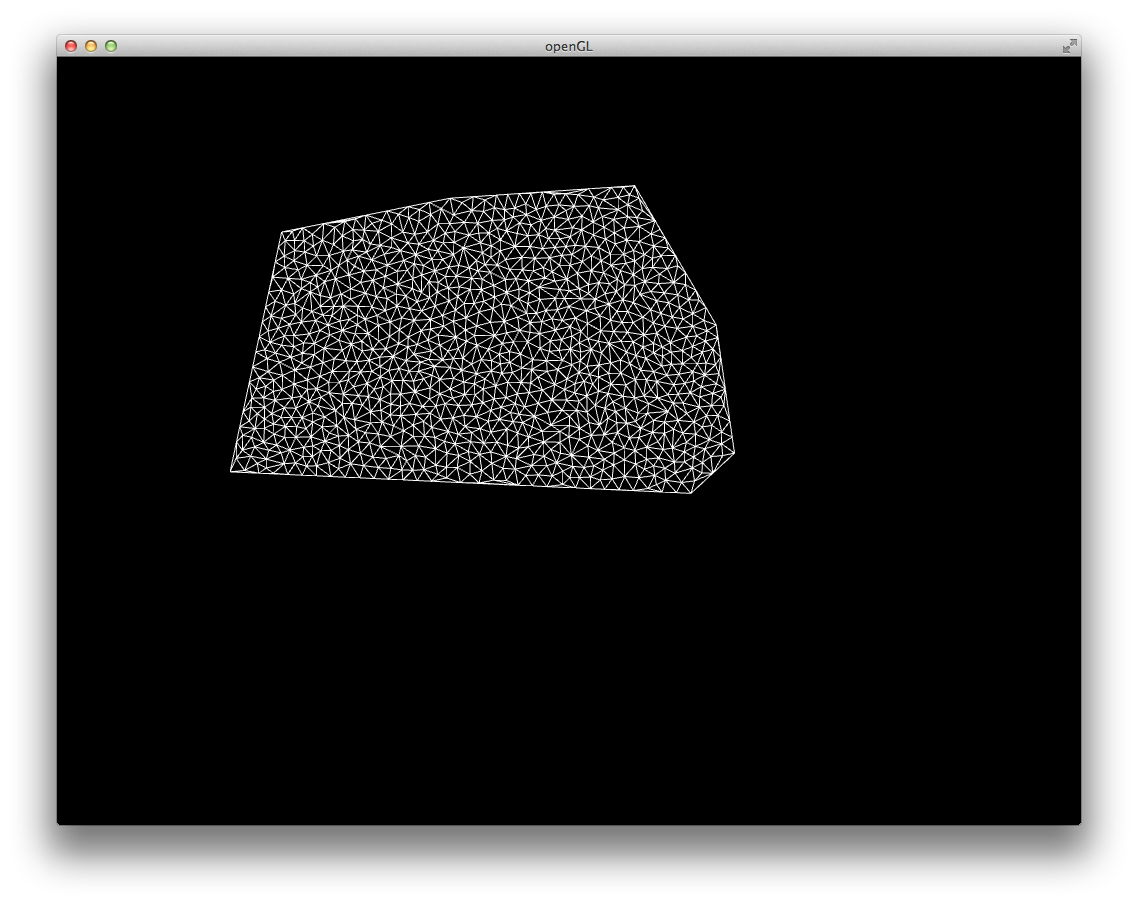
There are known issues with Triangle and the author is aware of this. The code below is a workaround for these issues. Below you can find the Triangulate class which is a thin wrapper around Triangle. The comments in Triangulate.h show an example of how to use the generated triangles. See this gist for an example of how to use this wrapper.
Triangulate.h
/* --------------------------------------------------------------------------------- oooo `888 oooo d8b .ooooo. oooo ooo 888 oooo oooo `888""8P d88' `88b `88b..8P' 888 `888 `888 888 888 888 Y888' 888 888 888 888 888 888 .o8"'88b 888 888 888 d888b `Y8bod8P' o88' 888o o888o `V88V"V8P' www.roxlu.com www.apollomedia.nl www.twitter.com/roxlu --------------------------------------------------------------------------------- */ #ifndef ROXLU_TRIANGULATE_H #define ROXLU_TRIANGULATE_H /* Triangulate --------------------------------------- - ! ADD THESE TO YOUR PREPROCESSOR FLAGS: -DTRILIBRARY -DSINGLE - ! AFTER CALLING `Triangulate::triangulate()` MAKE SURE TO CALL `Triangulate::free(out)` TO CLEAN MEMORY! - ! TRIANGLE MAY CRASH, SEE THIS PAGE: http://www.cs.cmu.edu/~quake/triangle.trouble.html WHEN YOU WANT TO TRIANGULATE A CONTOUR, A QUICK FIX WOULD BE TO NOT ADD EVERY POINT, BUT E.G. EVERY 5TH ELEMENT. <example> Triangulate tri; struct triangulateio out; tri.triangulate("zpQ", out); std::vector<vec2> vertices; // Extract the triangles (you could use a GL element buffer for(int i = 0; i < out.numberoftriangles; ++i) { int a = out.trianglelist[i * 3 + 0]; int b = out.trianglelist[i * 3 + 1]; int c = out.trianglelist[i * 3 + 2]; vec2 pa(out.pointlist[(a * 2) + 0], out.pointlist[(a * 2) + 1]); vec2 pb(out.pointlist[(b * 2) + 0], out.pointlist[(b * 2) + 1]); vec2 pc(out.pointlist[(c * 2) + 0], out.pointlist[(c * 2) + 1]); vertices.push_back(pa); vertices.push_back(pb); vertices.push_back(pc); } tri.free(out); </example> Very thin wrapper around the [Triangle library](http://www.cs.cmu.edu/~quake/triangle.html). Important: ---------- After calling Triangualate::triangulate(out), make sure to call Triangulate::free(out) to free up all allocated memory. Of course call Triangulate::free(out), after you've used the data. Usefull options --------------- The triangulate() options expects a string with a couple of characters; where each character defines how the triangulation is done. These are the ones I use most often: - Q Suppress verbose output - p Use this when you want to create "hand" like shapes instead; it will fit the contour basically - a Imposes a maximum triangle area. See: http://www.cs.cmu.edu/~quake/triangle.switch.html for more infor. Examples: --------- - tri.triangulate("zpQ", out); See: http://farm6.staticflickr.com/5504/11995424136_da15c9c991.jpg - tri.triangulate("zpa100", out); See: http://farm6.staticflickr.com/5530/11994959684_43678280ea.jpg - tri.triangulate("zpa10000", out); See: http://farm4.staticflickr.com/3814/11994889643_2d5275765e.jpg - tri.triangulate("za100", out); See: http://farm4.staticflickr.com/3828/11994889833_05cf0984a6.jpg Notes: ----- You need to look into the source to figure out how to use the triangulation library in an application as an library and not just the executable. Before you include the `triangle.h` file, you need to set some #defines, so include like this: <code> extern "C" { # define REAL float # define ANSI_DECLARATORS # define VOID void # include "triangle.h" } </code> Also add these to you compiler flags: <code> -DTRILIBRARY -DSINGLE <code> References: ----------- [0] http://www.cs.cmu.edu/~quake/triangle.html [1] http://www.cs.cmu.edu/~quake/triangle.switch.html [2] http://www.math.umbc.edu/~rouben/2011-01-math625/triangle-demo2.c */ extern "C" { # define REAL float # define ANSI_DECLARATORS # define VOID void # include "triangle.h" } #include <vector> #include <string> #ifndef TRIANGULATE_MIN_DIST # define TRIANGULATE_MIN_DIST 10 #endif #define TRIANGULATE_MIN_DIST_SQ (TRIANGULATE_MIN_DIST * TRIANGULATE_MIN_DIST) namespace rx { // ---------------------------------------------------- struct segment_point { segment_point(float x, float y, size_t dx) : x(x), y(y), dx(dx) { } float x; float y; size_t dx; }; struct tri_point { tri_point(float x, float y) : x(x), y(y) { } float x; float y; }; bool is_equal(const segment_point& p1, const segment_point& p2); bool lex_equal(const segment_point& p1, const segment_point& p2); bool segment_sort(const segment_point& p1, const segment_point& p2); // ---------------------------------------------------- class Triangulate { public: Triangulate(); void add(float x, float y); /* Add a point that you want to use to triangulate */ bool triangulate(std::string opt, struct triangulateio& out); /* Triangulate the points you added. We set the `struct triangulateio& out`. See Triangle documentation for the data which is set; or you see the example above */ void free(struct triangulateio& out); /* Free the `struct triangulateio` that you passed to `triangulate()`. Make sure to call this!! */ size_t size(); /* Return the number of points added */ void clear(); /* Clear the points you've added */ public: std::vector<segment_point> in_points; }; inline size_t Triangulate::size() { return in_points.size(); } inline void Triangulate::clear() { in_points.clear(); } inline bool is_equal(const segment_point& p1, const segment_point& p2) { float dx = p1.x - p2.x; float dy = p1.y - p2.y; float d = (dx * dx) + (dy * dy); if(d < TRIANGULATE_MIN_DIST_SQ) { return true; } return false; } inline bool lex_equal(const segment_point& p1, const segment_point& p2) { return (p1.x < p2.x) || ((p1.x == p2.x) && (p1.y < p2.y) ); } inline bool segment_sort(const segment_point& p1, const segment_point& p2) { return p1.dx < p2.dx; } } // namespace rx #endif
Triangulate.cpp
#include <Triangulate.h> #include <string> #include <algorithm> #include <stdlib.h> #include <set> namespace rx { // --------------------------------------------------------------- Triangulate::Triangulate() { } void Triangulate::add(float x, float y) { segment_point p(x, y, in_points.size()); in_points.push_back(p); } bool Triangulate::triangulate(std::string opt, struct triangulateio& out) { if(!in_points.size()) { return false; } std::vector<segment_point> sorted_points; std::vector<segment_point> clean_points; // sort + unique will remove lots of points we don't want std::sort(in_points.begin(), in_points.end(), lex_equal); std::vector<segment_point>::iterator it_unique = std::unique(in_points.begin(), in_points.end(), is_equal); std::copy(in_points.begin(), it_unique, std::back_inserter(sorted_points)); // now remove other points which are still to close for(size_t i = 0; i < sorted_points.size(); ++i) { bool can_add = true; segment_point& a = sorted_points[i]; for(size_t j = 0; j < clean_points.size(); ++j) { segment_point& b = clean_points[j]; float dx = a.x - b.x; float dy = a.y - b.y; float d = (dx * dx) + (dy * dy); if(d < TRIANGULATE_MIN_DIST_SQ) { can_add = false; break; } } if(can_add) { clean_points.push_back(a); } } // sort again, now on segment again. std::sort(clean_points.begin(), clean_points.end(), segment_sort); in_points.clear(); std::vector<tri_point> tri_points; for(size_t i = 0; i < clean_points.size(); ++i) { segment_point& p = clean_points[i]; tri_points.push_back(tri_point(p.x, p.y)); in_points.push_back(segment_point(p.x, p.y, in_points.size())); } if(tri_points.size() < 3) { printf("Not enough points to triangulate.\n"); return false; } std::vector<int> edges; for(size_t i = 0; i < tri_points.size() - 1; ++i) { edges.push_back(i); edges.push_back(i + 1); } edges.push_back(edges.back()); edges.push_back(0); struct triangulateio in = { 0 } ; // initialize a nice clean out list out.pointlist = NULL; out.pointattributelist = NULL; out.pointmarkerlist = NULL; out.numberofpoints = 0; out.numberofpointattributes = 0; out.trianglelist = NULL; out.triangleattributelist = NULL; out.trianglearealist = NULL; out.neighborlist = NULL; out.numberoftriangles = 0; out.numberofcorners = 0; out.numberoftriangleattributes = 0; out.segmentlist = NULL; out.segmentmarkerlist = NULL; out.numberofsegments = 0; out.holelist = NULL; out.numberofholes = 0; out.regionlist = NULL; out.numberofregions = 0; out.edgelist = NULL; out.edgemarkerlist = NULL; out.normlist = NULL; out.numberofedges = 0; out.pointlist = NULL; out.pointmarkerlist = NULL; in.pointlist = (float*)&tri_points[0].x; in.numberofpoints = int(tri_points.size()); if(edges.size()) { in.segmentlist = &edges.front(); in.numberofsegments = edges.size() / 2; } ::triangulate((char*)opt.c_str(), &in, &out, NULL); return true; } #define TRIANGULATE_FREE(e) { if (e) { ::free(e); e = NULL; } } void Triangulate::free(struct triangulateio& out) { TRIANGULATE_FREE(out.pointlist); TRIANGULATE_FREE(out.pointmarkerlist); TRIANGULATE_FREE(out.pointattributelist); TRIANGULATE_FREE(out.trianglelist); TRIANGULATE_FREE(out.triangleattributelist); TRIANGULATE_FREE(out.trianglearealist); TRIANGULATE_FREE(out.neighborlist); TRIANGULATE_FREE(out.segmentlist); TRIANGULATE_FREE(out.segmentmarkerlist); TRIANGULATE_FREE(out.holelist); TRIANGULATE_FREE(out.regionlist); TRIANGULATE_FREE(out.edgelist); TRIANGULATE_FREE(out.edgemarkerlist); TRIANGULATE_FREE(out.normlist); out.numberofpoints = 0; out.numberofpointattributes = 0; out.numberoftriangles = 0; out.numberofcorners = 0; out.numberoftriangleattributes = 0; out.numberofsegments = 0; out.numberofholes = 0; out.numberofregions = 0; out.numberofedges = 0; } } // namespace rx
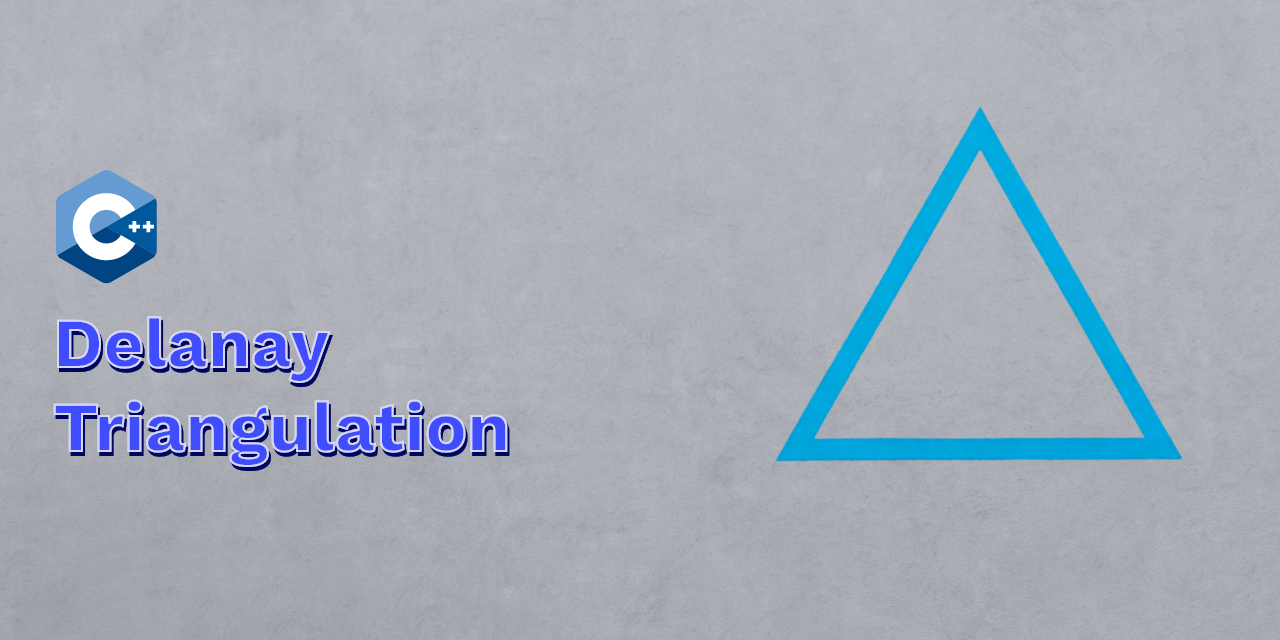
 NAT Types
NAT Types
 Building Cabinets
Building Cabinets
 Compiling GStreamer from source on Windows
Compiling GStreamer from source on Windows
 Debugging CMake Issues
Debugging CMake Issues
 Dual Boot Arch Linux and Windows 10
Dual Boot Arch Linux and Windows 10
 Mindset Updated Edition, Carol S. Dweck (Book Notes)
Mindset Updated Edition, Carol S. Dweck (Book Notes)
 How to setup a self-hosted Unifi NVR with Arch Linux
How to setup a self-hosted Unifi NVR with Arch Linux
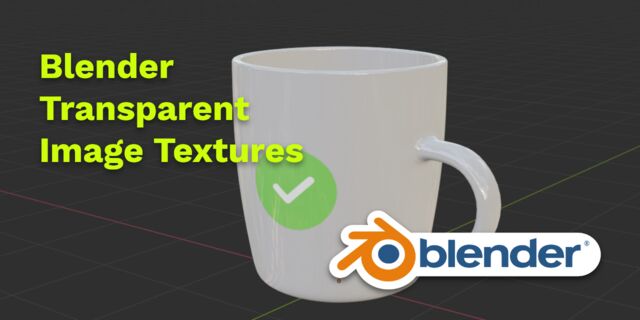 Blender 2.8 How to use Transparent Textures
Blender 2.8 How to use Transparent Textures
 Compiling FFmpeg with X264 on Windows 10 using MSVC
Compiling FFmpeg with X264 on Windows 10 using MSVC
 Blender 2.8 OpenGL Buffer Exporter
Blender 2.8 OpenGL Buffer Exporter
 Blender 2.8 Baking lightmaps
Blender 2.8 Baking lightmaps
 Blender 2.8 Tips and Tricks
Blender 2.8 Tips and Tricks
 Setting up a Bluetooth Headset on Arch Linux
Setting up a Bluetooth Headset on Arch Linux
 Compiling x264 on Windows with MSVC
Compiling x264 on Windows with MSVC
 C/C++ Snippets
C/C++ Snippets
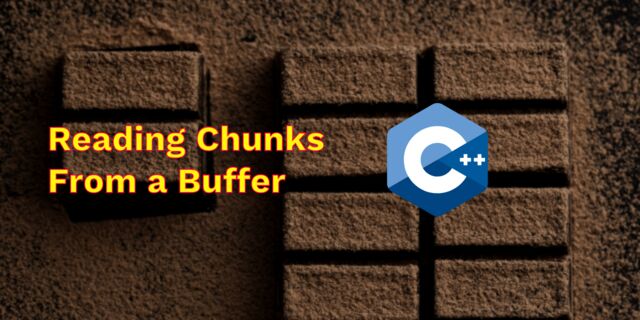 Reading Chunks from a Buffer
Reading Chunks from a Buffer
 Handy Bash Commands
Handy Bash Commands
 Building a zero copy parser
Building a zero copy parser
 Kalman Filter
Kalman Filter
 Saving pixel data using libpng
Saving pixel data using libpng
 Compile Apache, PHP and MySQL on Mac 10.10
Compile Apache, PHP and MySQL on Mac 10.10
 Fast Pixel Transfers with Pixel Buffer Objects
Fast Pixel Transfers with Pixel Buffer Objects
 High Resolution Timer function in C/C++
High Resolution Timer function in C/C++
 Rendering text with Pango, Cairo and Freetype
Rendering text with Pango, Cairo and Freetype
 Fast OpenGL blur shader
Fast OpenGL blur shader
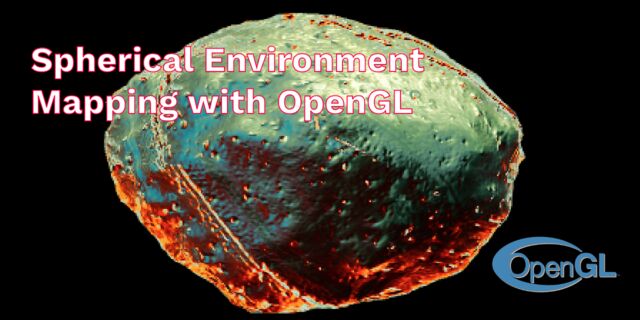 Spherical Environment Mapping with OpenGL
Spherical Environment Mapping with OpenGL
 Using OpenSSL with memory BIOs
Using OpenSSL with memory BIOs
 Attributeless Vertex Shader with OpenGL
Attributeless Vertex Shader with OpenGL
 Circular Image Selector
Circular Image Selector
 Decoding H264 and YUV420P playback
Decoding H264 and YUV420P playback
 Fast Fourier Transform
Fast Fourier Transform
 OpenGL Rim Shader
OpenGL Rim Shader
 Rendering The Depth Buffer
Rendering The Depth Buffer
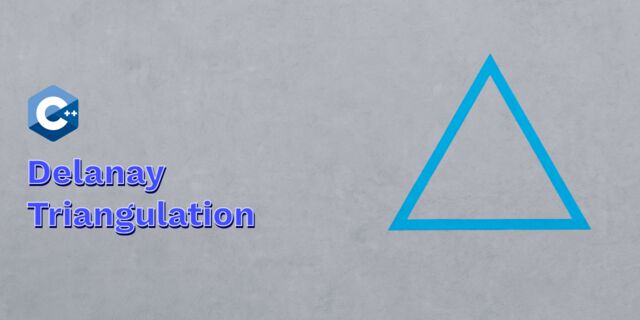 Delaunay Triangulation
Delaunay Triangulation
 RapidXML
RapidXML
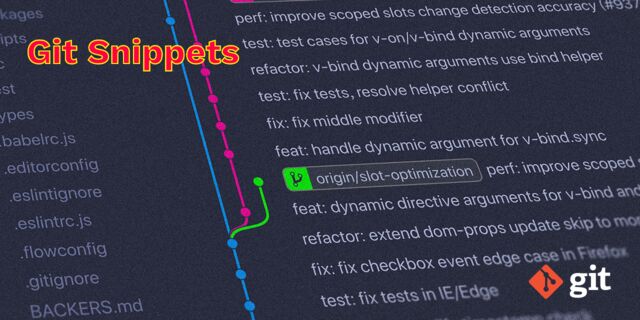 Git Snippets
Git Snippets
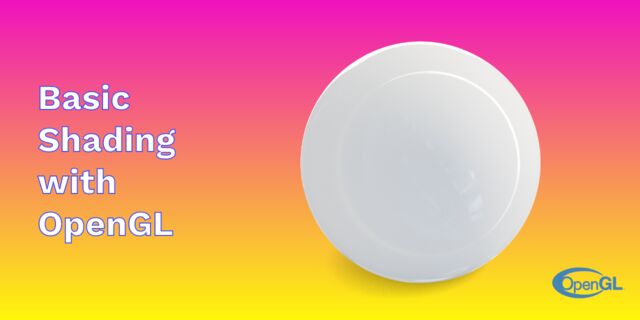 Basic Shading With OpenGL
Basic Shading With OpenGL
 Open Source Libraries For Creative Coding
Open Source Libraries For Creative Coding
 Bouncing particle effect
Bouncing particle effect
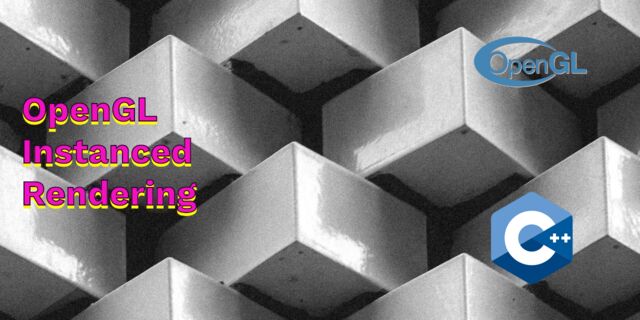 OpenGL Instanced Rendering
OpenGL Instanced Rendering
 Mapping a texture on a disc
Mapping a texture on a disc
 Download HTML page using CURL
Download HTML page using CURL
 Height Field Simulation on GPU
Height Field Simulation on GPU
 OpenCV
OpenCV
 Some notes on OpenGL
Some notes on OpenGL
 Math
Math
 Gists to remember
Gists to remember
 Reverse SSH
Reverse SSH
 Working Set
Working Set
 Consumer + Producer model with libuv
Consumer + Producer model with libuv
 Parsing binary data
Parsing binary data
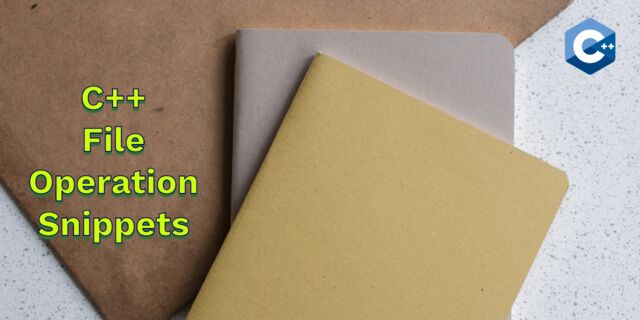 C++ file operation snippets
C++ file operation snippets
 Importance of blur with image gradients
Importance of blur with image gradients
 Real-time oil painting with openGL
Real-time oil painting with openGL
 x264 encoder
x264 encoder
 Generative helix with openGL
Generative helix with openGL
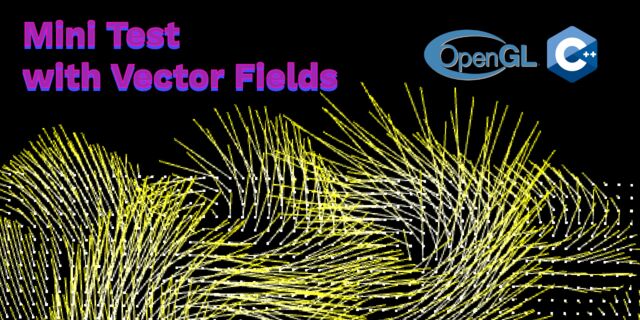 Mini test with vector field
Mini test with vector field
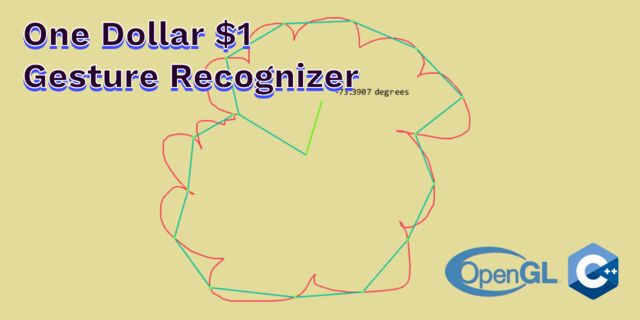 Protractor gesture recognizer
Protractor gesture recognizer
 Hair simulation
Hair simulation
 Some glitch screenshots
Some glitch screenshots
 Working on video installation
Working on video installation
 Generative meshes
Generative meshes
 Converting video/audio using avconv
Converting video/audio using avconv
 Auto start terminal app on mac
Auto start terminal app on mac
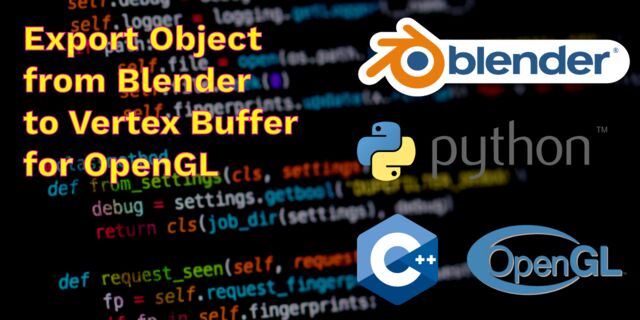 Export blender object to simple file format
Export blender object to simple file format